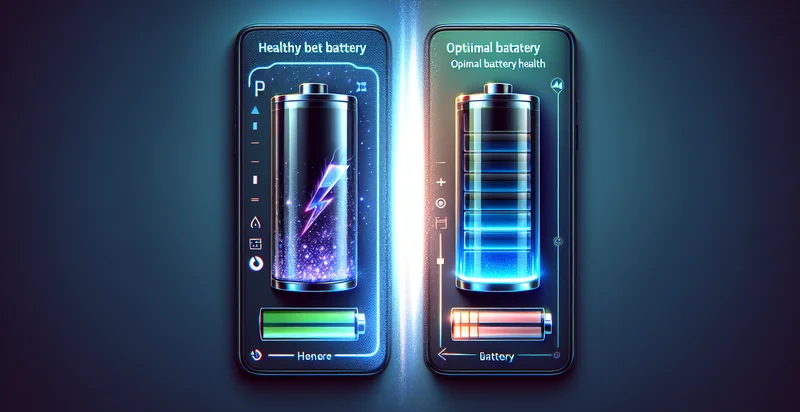Identify battery health
using AI
Below is a free classifier to identify battery health. Just input your text, and our AI will predict the battery health status of your device - in just seconds.

Contact us for API access
Or, use Nyckel to build highly-accurate custom classifiers in just minutes. No PhD required.
Get started
import nyckel
credentials = nyckel.Credentials("YOUR_CLIENT_ID", "YOUR_CLIENT_SECRET")
nyckel.invoke("battery-health", "your_text_here", credentials)
fetch('https://www.nyckel.com/v1/functions/battery-health/invoke', {
method: 'POST',
headers: {
'Authorization': 'Bearer ' + 'YOUR_BEARER_TOKEN',
'Content-Type': 'application/json',
},
body: JSON.stringify(
{"data": "your_text_here"}
)
})
.then(response => response.json())
.then(data => console.log(data));
curl -X POST \
-H "Content-Type: application/json" \
-H "Authorization: Bearer YOUR_BEARER_TOKEN" \
-d '{"data": "your_text_here"}' \
https://www.nyckel.com/v1/functions/battery-health/invoke
How this classifier works
To start, input the text that you'd like analyzed. Our AI tool will then predict the battery health status of your device.
This pretrained text model uses a Nyckel-created dataset and has 10 labels, including Average, Bad, Critical, Depleted, Excellent, Failed, Fair, Good, Poor and Very Good.
We'll also show a confidence score (the higher the number, the more confident the AI model is around the battery health status of your device).
Whether you're just curious or building battery health detection into your application, we hope our classifier proves helpful.
Related Classifiers
Need to identify battery health at scale?
Get API or Zapier access to this classifier for free. It's perfect for:
- Battery Usage Monitoring: This function can be used in applications that monitor the performance and usage patterns of batteries in electronic devices. By identifying false battery health statuses, users can receive accurate insights into their device's battery life, enabling them to make informed decisions on usage and charging habits.
- Quality Assurance in Manufacturing: Manufacturers of electronic devices can leverage this classification function to ensure that only devices with authentic battery health are approved for sale. By filtering out false battery health reports, manufacturers can enhance product reliability, reduce returns, and improve customer satisfaction.
- E-Waste Management: Environmental organizations can utilize this function to accurately assess the battery health of used electronic devices before recycling. By identifying batteries that are falsely reported as healthy, they can promote safer disposal methods and minimize environmental impact.
- Fleet Management: Companies with fleets of electric vehicles can apply this function to monitor the health of their batteries over time. By identifying false health assessments, fleet managers can schedule timely maintenance and replacements, ultimately maximizing the efficiency and lifespan of their vehicles.
- Home Energy Storage Solutions: Providers of home energy systems can use this function to ensure that users receive accurate feedback on their battery systems' health. By filtering out false health readings, homeowners can optimize their energy usage, leading to cost savings and better energy management.
- Consumer Electronics Support: Tech support teams can implement this function to diagnose battery-related issues accurately in consumer electronics. Identifying false battery health reports helps technicians to offer appropriate solutions, leading to quicker resolutions and improved customer loyalty.
- Research and Development: Researchers in battery technology can use this classification function to analyze and validate battery health metrics during experiments. By identifying false readings, researchers can focus on developing more accurate performance indicators, enhancing the design and sustainability of future battery technologies.


